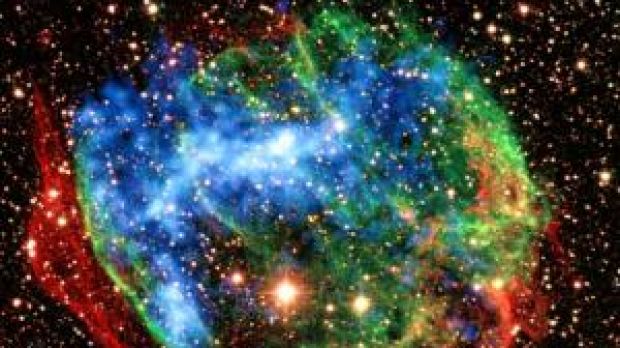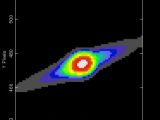From time to time, a huge explosion followed by a bright flash of light can be observed in space. It's a colossal gamma-ray burst (GRB), emitting for a few seconds as much radiation as a million galaxies.
A new discovery made by NASA's Swift satellite showed that the extremely energetic flares that follow a gamma-ray burst (GRB) are not just space "hiccups", but in fact, they represent a continuation of the burst itself. They are truly impressive space phenomena, as even the smallest GRB can emit the same amount of energy our Sun will emit over its expected 10 billion-year lifetime, in just one second.
The most luminous events known in the universe since the Big Bang are flashes of gamma rays, coming from seemingly random places in the sky and at random times, that last from milliseconds to many minutes and are often followed by "afterglow" emission at longer wavelengths (X-ray, UV, optical, IR and radio).
What causes such a tremendous discharge of energy? The core of a massive star collapsing to form a black hole or neutron star. The initial pulse of gamma-rays is usually followed by what was thought to be a short-lived X-ray flare.
Hans Krimm of Universities Space Research Association, Columbia, Md. and NASA's Goddard Space Flight Center in Greenbelt, Md., and eight colleagues, have been able to prove that these X-ray flares are actually a continuation of the initial pulse, which proves that the GRB central engines are active much longer than previously thought.
This was done after analyzing such an event, named GRB 060714, for its detection date of July 14, 2006 and the results showed that the prompt gamma-ray emission and the subsequent X-ray flares appear to form a continuously connected and evolving succession of events.
"This pattern points to a continuous injection of energy from the central engine, perhaps fueled by sporadic infall of material onto a black hole. The black hole just keeps gobbling up gas and the engine keeps spewing out energy," says Krimm.

 14 DAY TRIAL //
14 DAY TRIAL // 
